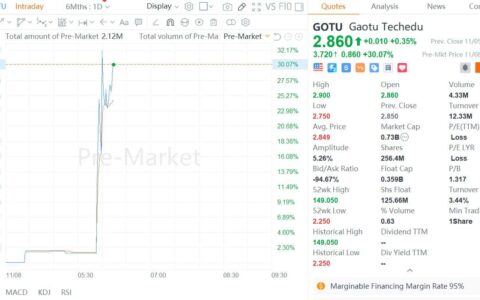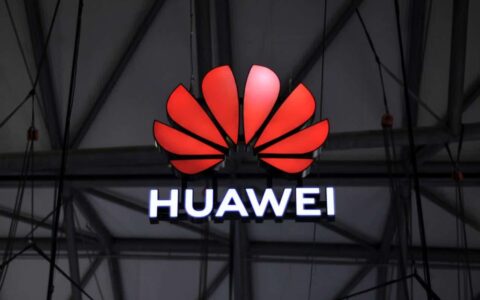The strong rise of the tertiary industry in Hubei is not accidental. In 2018, the output value of the high-tech industry in Wuhan, the Epicenter of the Coronavirus outbreak, exceeded 1 trillion for the first time.
The added value of high-tech industry exceeded 300 billion yuan, accounting for 20.6% of GDP, becoming an important growth engine for Wuhan's real economy.
The sudden outbreak of the new coronavirus not only disrupted the daily lives of the people of Wuhan, but also the rhythm of industrial production in Wuhan: joint venture car companies including Honda and Hyundai announced the suspension of production, and the date to resume production is unknown; China ’s important wafer fab Yangtze River storage capacity Has reduced to about half of daily production capacity.
The epidemic has shifted people's attention to the former steel city and today's high-tech industry incubator: How prosperous is Wuhan's technology industry, and what is the significance to China's technology industry? Tencent Tech answered in an article.
2018's output value exceeded 1 trillion for the first time
The strong rise of the tertiary industry in Hubei is not accidental. In 2018, the output value of Wuhan's high-tech industry exceeded 1 trillion for the first time, and the added value of high-tech industry exceeded 300 billion yuan, accounting for 20.6% of GDP, becoming the growth pole of Wuhan's real economy.
In 2019, Hubei's GDP exceeded 4.5 trillion yuan, of which the third industry's added value accounted for 8.3%, 41.7%, and 50% of GDP; the operating income of the Internet and related services, software, and information technology services increased by 33.6% and 32.9% respectively.
Why Wuhan technology industry rise
Established in 1988 in Wuhan East Lake New Technology Development Zone, it has a more familiar nickname "China Optics Valley", which has become the mainstay of Wuhan high-tech.
This high-tech zone with a planned area of 518 square kilometers accommodates hundreds of state-level universities and research institutions, second only to Beijing and Shanghai; the number of high-tech industries is as high as 2770, and the company's annual revenue in 2018 More than 1.2 trillion.
The GDP output value of Donghu High-tech Zone in 2018 exceeded 100 billion yuan, and the GDP growth rate reached 9.7%. It has made achievements comparable to other administrative regions in terms of economic development.
In 2018, Wuhan City granted 37,032 patents, with 34 invention patents per 10,000 population; the turnover of technology contracts reached 72.25 billion yuan, ranking second in the country at the sub-provincial level.
Intellectual factors and capital strength are superimposed, and Optics Valley trains in addition to a large number of unicorns and listed companies.
In these industries, Wuhan leads the country
In 2008, authorized by Donghu High-tech Zone Administrative Committee, China Optics Valley Creative Industry Base was officially established.
After that, a series of local Internet technology companies represented by Douyu, Graphite Document, Weipai Network, and Beacon Finance emerged here.
Giants such as Tencent, Huawei, and Xiaohongshu also gradually set up branches, such as branches and R & D centers.
Since 2008, no fewer than 60 Internet companies have settled in Wuhan, with more than 80% of them distributed in Optical Valley Industrial Park.
According to a report released by Deloitte in 2019, comparing the top 20 companies in the Optics Valley with the top 50 companies in the country, the industry proportion data shows that more than a quarter of the top 20 companies in the Optics Valley belong to Internet companies, and the proportion is much larger than the top 50 companies Of Internet companies in China.
In addition, among the companies listed in Optics Valley, companies in the software and life sciences fields have a number advantage, which is related to Optics Valley's related policy support and the growth opportunities in this field.
Among them, software companies mainly develop pan-AI technology, big data, and cloud computing, which are in line with the trend of the technology industry. Life science companies are distributed in three major areas: biotechnology, pharmaceuticals, and medical devices.
In terms of scale, most of the companies on the list are mainly small and medium-sized enterprises with 10 million to 50 million, accounting for 60%, similar to previous years. Small and medium-sized enterprises are growing faster and their strategic transformation is more flexible, bringing vitality and opportunities to the technology sector.
The 2019 Wuhan Municipal Government Work Report mentioned the need to develop new kinetic energy to accelerate the concentration. Focus on accelerating the construction of four new national bases of memory, aerospace industry, network security talents and innovation, new energy and intelligent connected cars, and focus on building three world-class industrial clusters of optoelectronic information, automobiles and parts, biomedicine and medical devices.
With generations of innovation and entrepreneurship accumulated and policy support, Wuhan Optics Valley has the world's largest production base for fiber optic cables, the largest R & D and production base for optoelectronic devices, the largest laser industry base and the largest geospatial information industry base. The closure of the city has put Wuhan's technology industry under tremendous production pressure.
Many upstream enterprises in high-tech industries are dominated by technology-intensive and can still solve the problem of resumption of work through remote office. The reduction of personnel flow has led to labor shortages and production capacity has been greatly reduced.
A Foxconn executive revealed in a media interview that according to regulations, Hubei enterprises resumed work on February 14, and they initially estimated that the rate of return to work was only 1/5.







